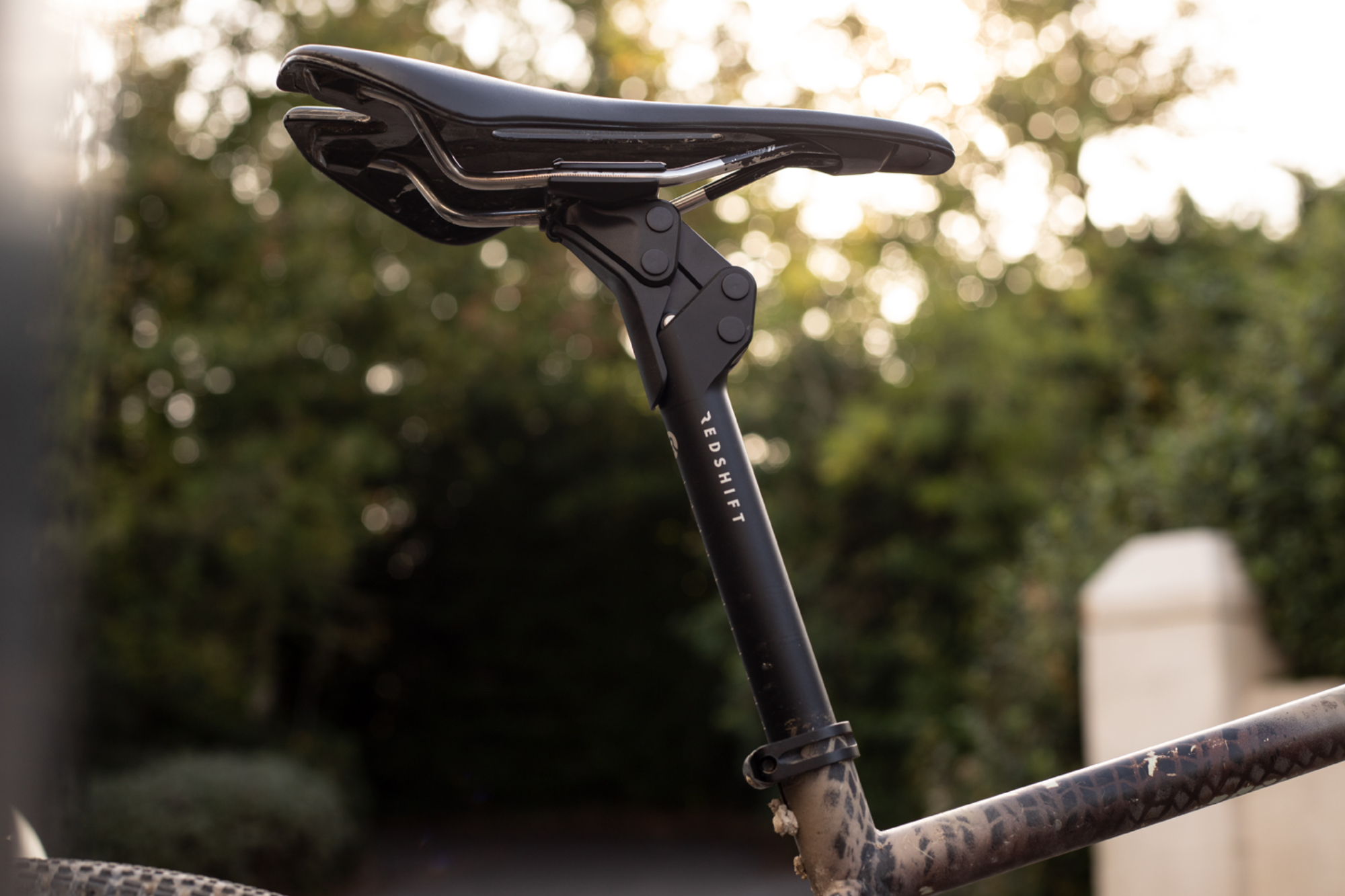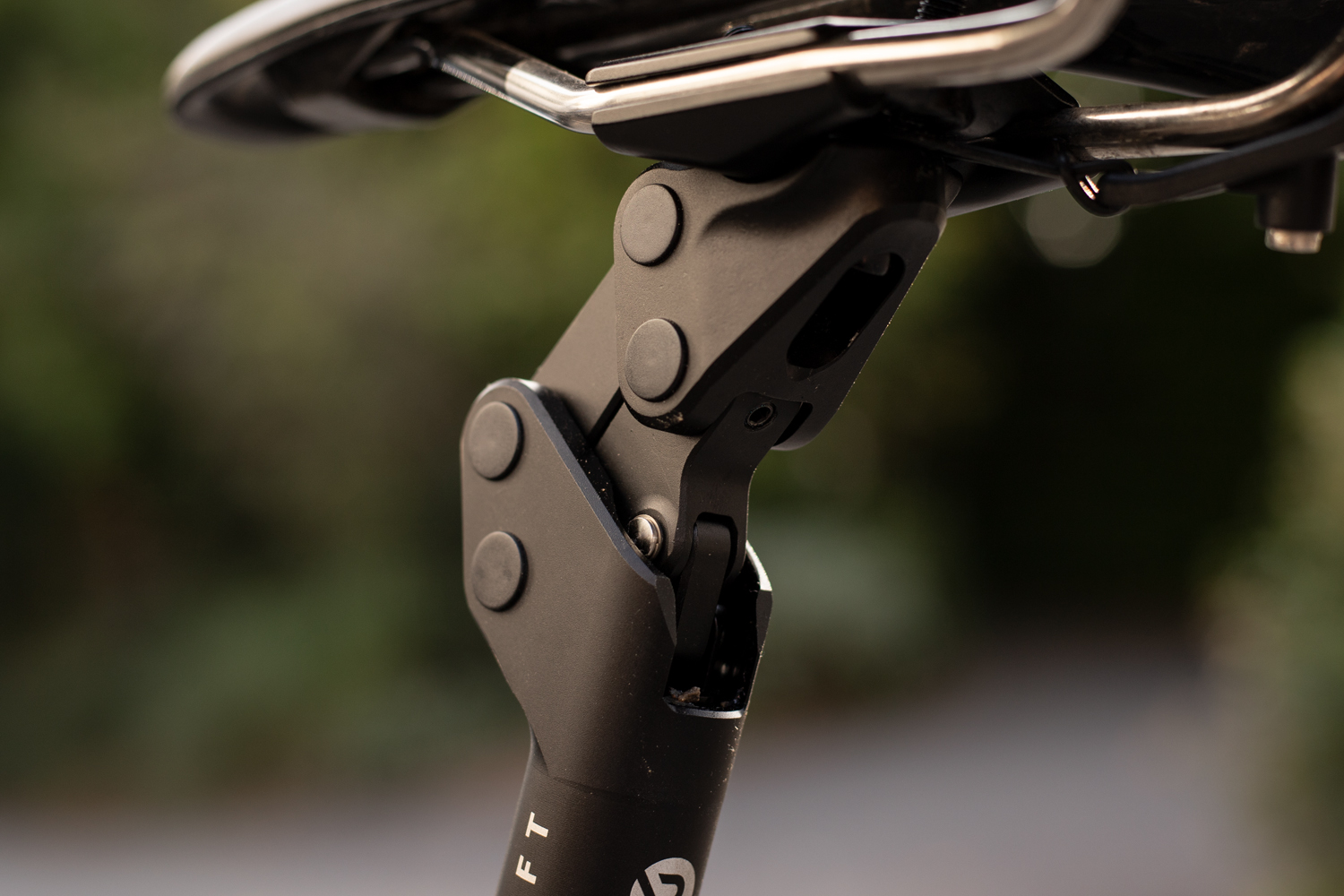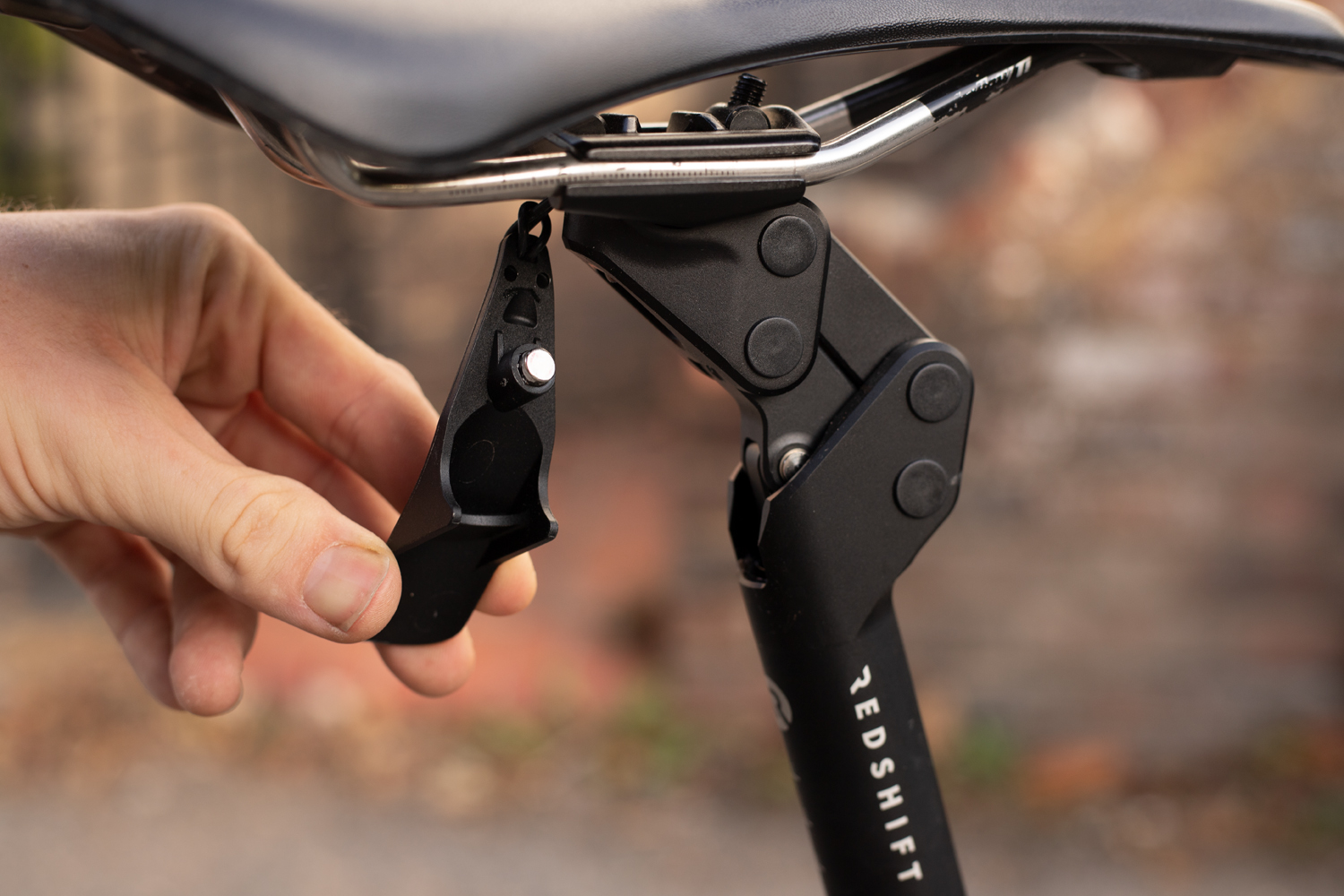Redshift Shockstop Suspension Seatpost review
Not necessarily a necessity - but a luxury that makes a difference

The Redshift Shockstop seatpost has been a bit of an eye opener for me. While I’ve only tested this on my gravel bike I believe the advantages will truly show themselves as tyre sizes thin down. With included swappable springs for all body weights and the tunability to find your perfect amount of compliance, the Redshift Shockstop post sets the bar high for any other entrants into the compliance post market.
-
+
Very comfortable
-
+
Exceeds expectations
-
+
Easy setup
-
-
Heavier than regular post
-
-
Dialling in bike fit becomes more complex.
You can trust Cycling Weekly.
“This is really actually quite good” I think to myself as I ride along, “...but I’m going to get laughed at arent I?”. It’s around 10am and I’m contemplating the embarrassment of admitting to my peers that I’m pretty convinced by the Redshift Shockstop suspension seatpost that’s now whirring away on my bike beneath me. It doesn’t actually whir, but the mechanical efficiency it represents feels like more than just a spring in a tube.
Construction
The Shockstop seatpost is like many others, it’s available to fit almost every frame size as a 27.2mm post with additional shim, and it fastens to your saddle just as any other would.
Saddle adjustment is a very normal affair also, there’s no complex system to navigate around and instead it’s two bolts as anyone would expect - meaning swapping this in for your existing post would be easy. It’s also predominantly made of aluminium, so with that said that just about wraps this review up.

Except we can go no further without talking about the suspension system that Redshift has cunningly engineered. The collection of hinges and internal spring provides up to 35mm of vertical compliance that reacts to every bump and imperfection in road surface that may come your way.
The clever bit here is the design of the system; many other compliance seatposts feature an elastomer of sorts that does little to palpably remove buzz or a combination of moving parts that would hardly fit into a shoebox should you disassemble them. The Redshift post neatly hides its main component - it’s infinitely adjustable stiffness spring - inside the post, and leaves just a minimal hinge setup on display, and that’s not all.

The saddle angle is retained throughout the cycle of travel, this is most certainly important given the amount of vertical compliance; should the front of your saddle suddenly gain 35mm more height than the rear you’d no doubt be looking discomfort in the face.
The latest race content, interviews, features, reviews and expert buying guides, direct to your inbox!
The Ride
Testing this on my gravel bike seemed appropriate given the amount of suspension proposed, and to say I was negligent to believe that it would make a difference would be fair. Needless to say I was immediately and pleasantly surprised. It’s pretty obvious why - the seatpost works as you’d want it to, riding instantly becomes more comfortable, and you find yourself carefree picking lines through neglected road surfaces you would not have considered previously.
With that said there are some important caveats that need to be addressed. 35mm - that’s a lot in terms of saddle height and if you’re one to be rather retentive on bike fit then this may not be the product for you. The constantly adjusting saddle height is most certainly detectable while riding. I found myself actually setting my saddle height about 10mm higher than normal to account for the sag (the amount the seatpost sits below its unsprung height with my weight on it).
As a result of testing this seatpost, I’ve also realised how much I rely on the stiffness of my seatpost to feel out the amount of traction I have when climbing off-road, with the Shockstop it becomes more difficult. It’s not that the traction isn’t there, just that you’ll have to feel it through your legs a little more than before.
Here’s where it gets interesting though. I’ve been suffering from some knee pain recently from a noncycling incident, and thus have been spending a little more time seated while pedalling than I may have liked.
I'm convinced that running this seat post has meant that I’ve been able to return to the bike quicker thanks to the reduced fatigue on my legs in exchange for more saddle time and this has me thinking about the benefits for all sorts of users. New cyclists, ultra-distance cyclists (....cyclists who still insist that 100psi and 23c is fast on British roads).
What it comes down to is comfort. The Shockstop post isn’t necessarily necessary - it’s a luxury item at its core - but that’s not to say it’s without performance benefits. Riding with this post has left me fresher post ride, allowing for more riding; or in my current situation, ability to walk upstairs afterwards.